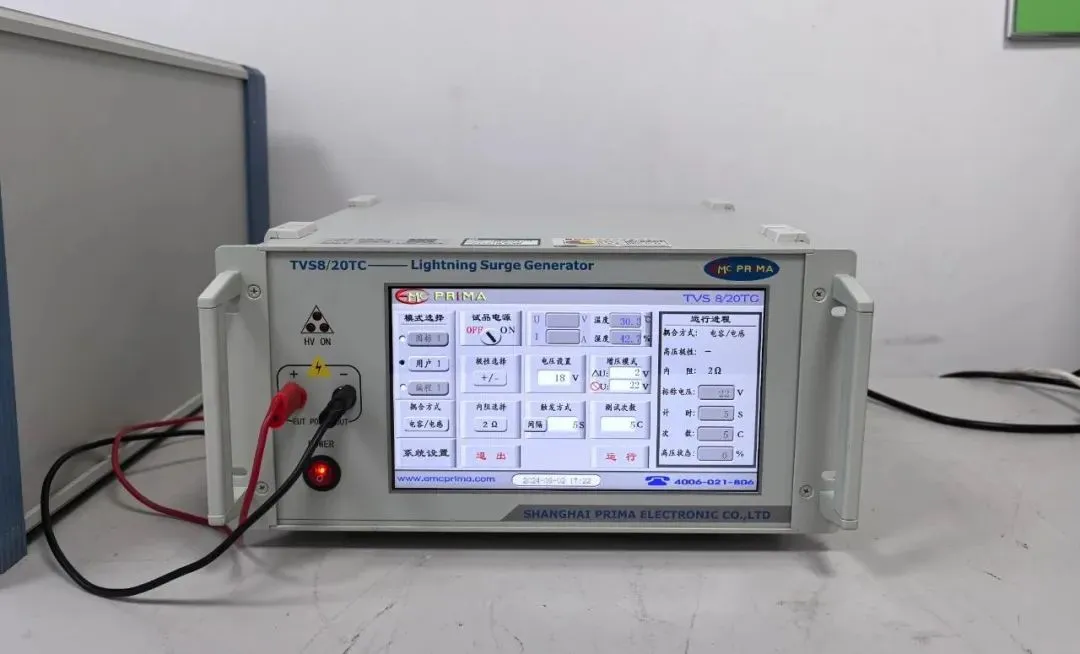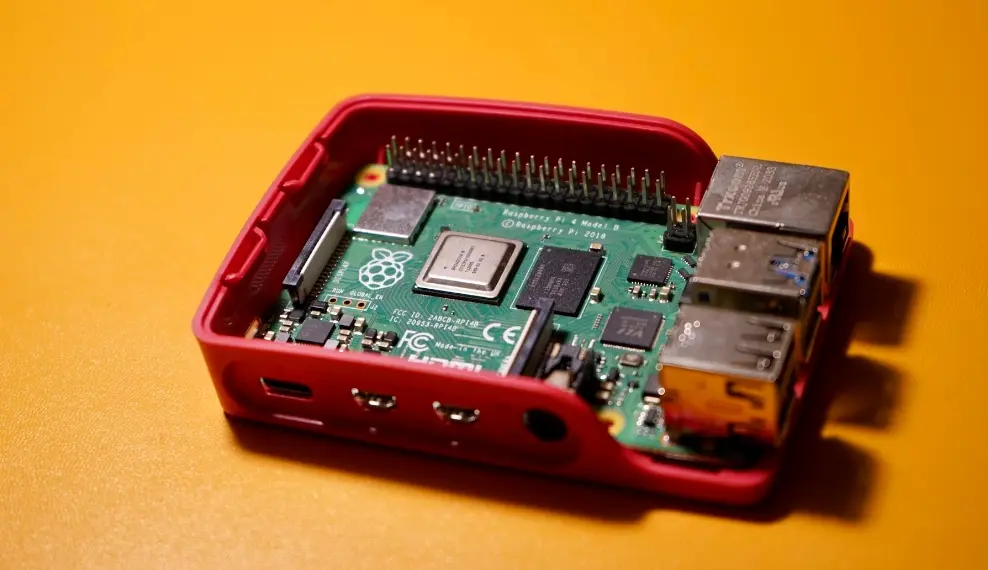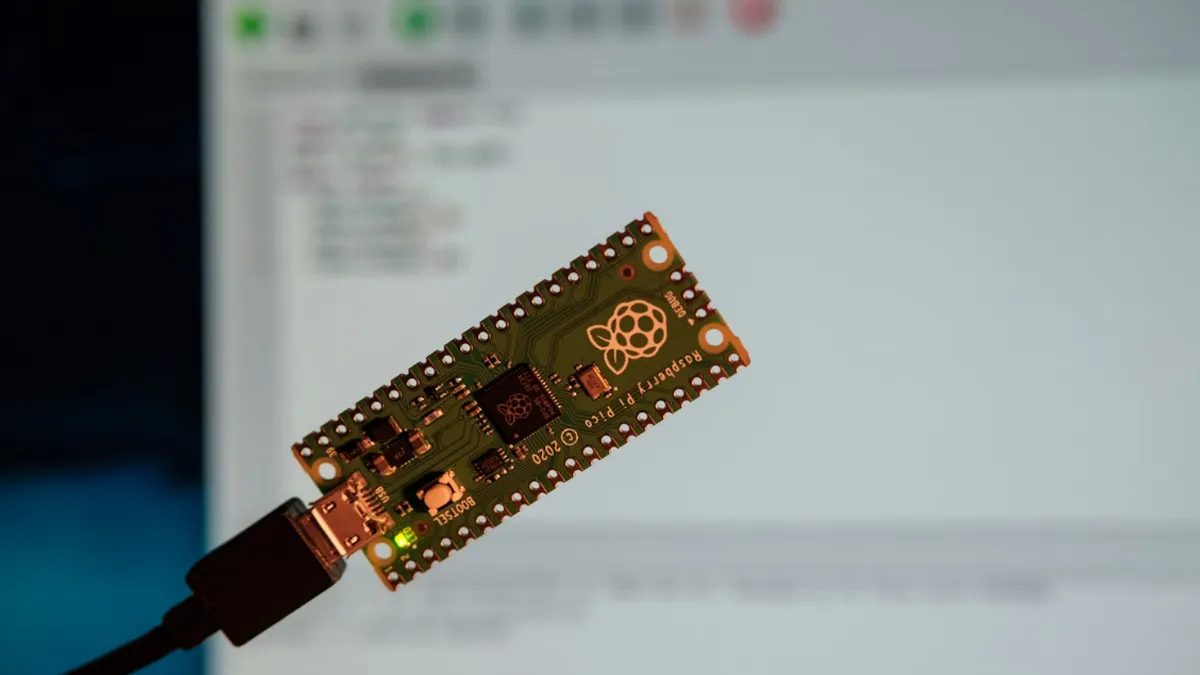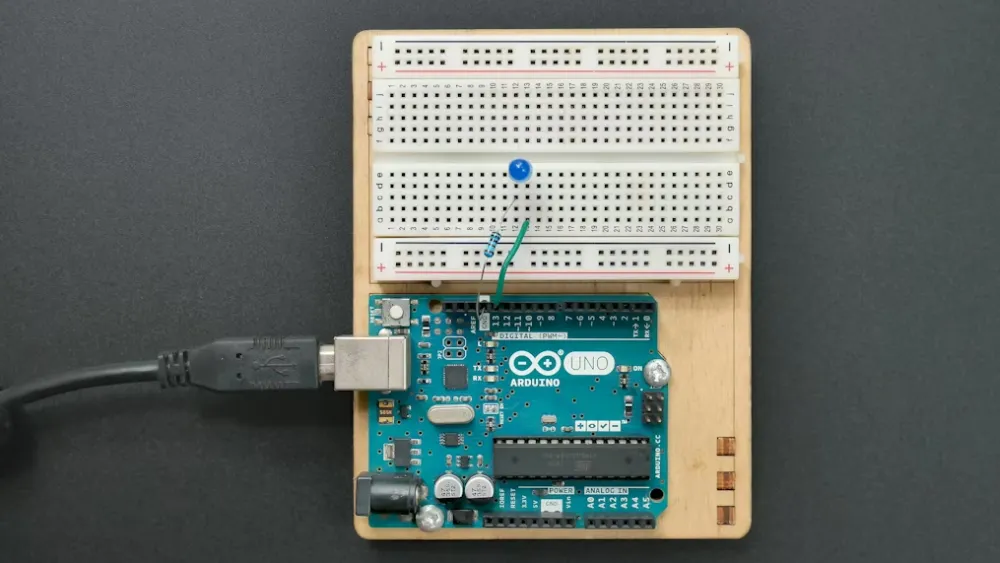
EU EN55032 Standard Test Report
The EU's new EMC standard, en55032, was enforced on March 5, 2017, officially replacing EN55013 (EMC standard for audio-video equipment) and EN55022 (EMC standard for traditional information technology equipment (ITE)). To obtain an en55032 standard test report, contact China JJR Laboratory, an IEC 17025 accREDited laboratory.

Scope of EN55032
EN55032 applies to mULtimedia equipment with AC or DC rated voltages not exceeding 600V. Multimedia equipment includes information technology equipment, audio equipment, video equipment, broadcast receiving equipment, entertainment lighting control equipment, or a combination of these. Products previously covered under EN55013 and EN55022 also fall under EN55032. Multimedia devices primarily used in multimedia applications are within this scope.
What is EN55032?
EN55032 outlines measurement methods and limits for radiated emissions from information technology equipment, broadcast receivers, and associated equipment.
Testing Requirements of EN55032
- Electromagnetic disturbances
- Electromagnetic interference
- Electromagnetic emissions
- Immunity to interference
- Electromagnetic sensitivity
- Electromagnetic compatibility
EU CE certification Tests
- Conducted emissions
- Radiated emissions
- Electrostatic discharge (ESD) immunity
- RF electromagnetic field immunity
- Electrical fast transient (EFT) burst immunity
- Surge immunity
- Conducted immunity to RF fields
- Power frequency magnetic field immunity
- Voltage dips, short interruptions, and voltage fluctuation immunity
Differences Between EN55032, EN55013, and EN55022
1. Removed conducted power and radiated power testing from EN55013.
2. For wide-voltage products, typically test at two voltages: 230V (±10V) and 110V (±10V), using frequencies of 50Hz or 60Hz.
3. For monitors and personal computers, display moving color bar signals during testing.
4. For broadcast receiver tuner ports, test asymmetrical mode conduction.
Steps for EU CE Certification
1. Complete the application form, provide product images, and a material list to identify applicable directives and standards.
2. Confirm detailed requirements for the product.
3. Prepare testing samples.
4. Test the product and verify compliance.
5. Draft and store technical documents as required by directives.
6. Upon passing, complete the report and issue the CE certification.
7. Affix the CE mark and issue an EC Declaration of Conformity.
Documents Required for EN55032 Test Report
1. User manual and circuit schematic
2. Block diagram (module functionality chart)
3. PCB layout and placement diagram
4. Functional description of the block diagram
5. BOM list (Bill of Materials)
6. Label and antenna specifications (or antenna gain chart)
7. Charger LVD report and frequency locking software (software used to fix the transmitter module at a specific frequency point for continuous transmission, essential for BT and Wi-Fi).
Processing Time and Validity of EN55032 Test Report
The CE certification timeline depends on the product's testing cycle, typically 3-6 working weeks. The validity of CE certification aligns with the expiration of the product's applicable standards. Standards' expiry dates are determined by the EU, with updates usually allowing for a transition period of six months to one year before full adoption.
Email:hello@jjrlab.com
Write your message here and send it to us
 ZigBee-LoRa-Z-Wave Product compliance testing
ZigBee-LoRa-Z-Wave Product compliance testing
 Compliance Testing for FM/AM/DAB/DMB Broadcast Rec
Compliance Testing for FM/AM/DAB/DMB Broadcast Rec
 NFC/RFID Product Compliance Testing
NFC/RFID Product Compliance Testing
 IEC 62368 Safety Standards Test Items and Requirem
IEC 62368 Safety Standards Test Items and Requirem
 How to Obtain EU EN 62368 Compliance Certification
How to Obtain EU EN 62368 Compliance Certification
 EU Walkie-Talkie Testing Standards (30MHz–1000MHz)
EU Walkie-Talkie Testing Standards (30MHz–1000MHz)
 EU Compliance Certification Requirements for Tread
EU Compliance Certification Requirements for Tread
 EU Amazon & TEMU Compliance for Wireless Produ
EU Amazon & TEMU Compliance for Wireless Produ
Leave us a message
24-hour online customer service at any time to respond, so that you worry!




